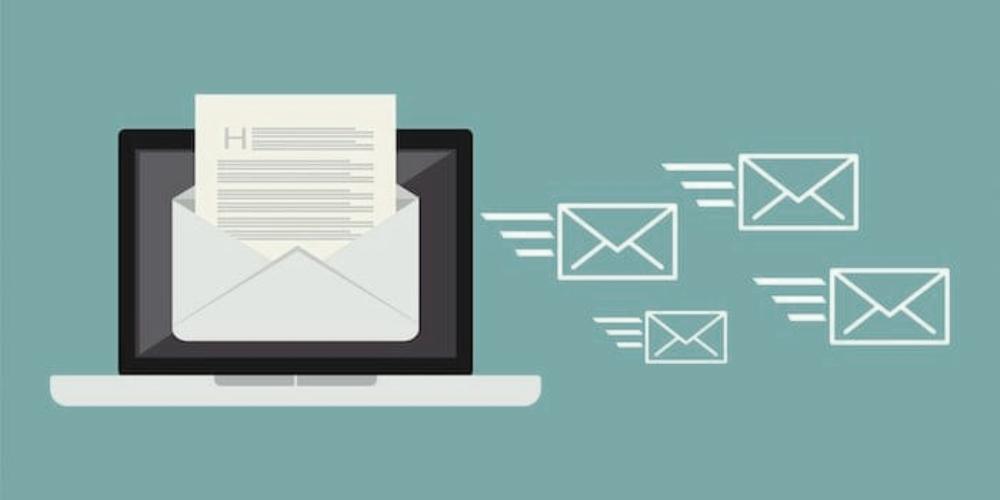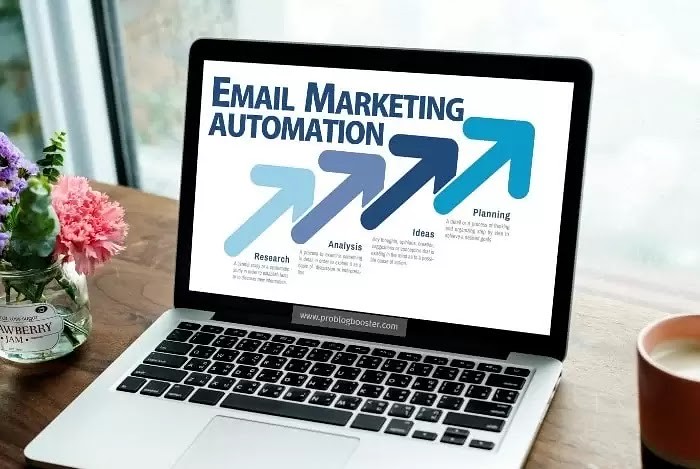Email marketing is the most engaging and effective lead generating marketing channel. Thousands of businesses across various industries are leveraging emails to connect with their audience, send promotional content, engage, and build strong customer relationships.
If your company or business is planning to start their email marketing campaign this year, then we have a list of six best practices that can help generate quality leads from emails in 2019.
Let’s get started!
Table of Contents
Create Compelling Email Subject Lines
The importance of having an engaging and attractive subject line for your email is undeniable. Emails with good subjects happen to fetch attention and generate responses from the audience. While starting your email campaign, one thing you should always pay attention to is the subject line which should not go beyond 30-50 characters. A lengthy subject line often gets cut off when viewed on mobile devices. Also, the subject should be such that it creates a sense of urgency and compels the reader to open it.
Don’t Forget to Personalize Your Emails
Personalization has always been critical for the success of an email campaign. Personalized emails garner more responses than the non-personalized ones. Email addresses in the recipient’s name such as “Dear XYZ” help to draw their attention and creates a sense of trust. Hence, always remember to use the first name of the contact while sending greeting emails, promotional emails, or any email communication from your brand to the customer.
Make Sure Your Email Timing is Right
Sending email campaigns at the right time does half of the job. Over and over again, it’s been proved that emails that reach the inbox at the right time have been able to draw customer’s attention and drive better engagement. Emails sent between 9-11am and 3-5pm had the best open rates and CTRs.
Email Should Have Signature
Any professional email sent to the client should include the signature of a representative of the company. Emails with signature tend to create a sense of reliability and credibility as customers see that email is not auto-generated or sent by a collective team. Instead, it is sent by a particular person holding an important position in the organization. Even if you are sending an email newsletter, make sure to incorporate the signature in your email.
Stop Sending ‘No-Reply’ Emails
In the U.S., email marketers are bound by legislative regulation stated by the CAN-SPAM act. One of the fundamental rules in CAN-SPAM is that marketers cannot use the word “no-reply” or similar other words in the sender’s email address as in [email protected]. This is because no reply prevents email recipients from responding and also do not give the option to opt-out from further email communications. And CAN-SPAM is strictly working against any such practices that violate the recipient’s rights.
Conduct A/B test
If even after a lot of efforts your email campaigns open rate and click-through rates are not showing any improvement, then it’s time to run an A/B test. This will help you to identify which part of your email is not working the way it is supposed to perform. Email marketers can conduct email A/B test on email subject line to the call-to-action (CTA) to check what’s wrong and make necessary changes.
Final Thoughts
Every business has unique needs and so their strategies to extract the best out of the email marketing efforts are going to be different. But there are some common practices that are suitable for all and so hope this list of the email marketing best practices will help all the marketers who are about start their email campaigns in the coming days.





